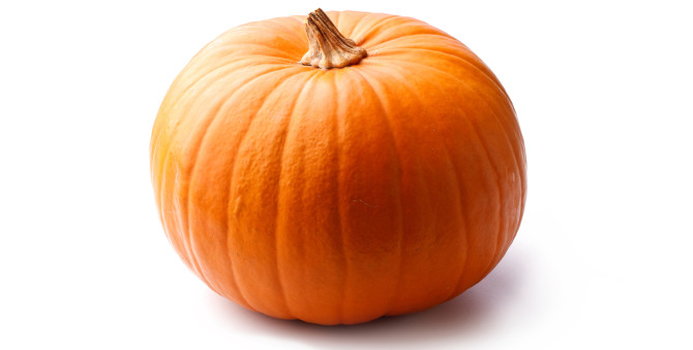Pumpkin is a nutrient-rich vegetable that is commonly used for baking, particularly in the classic pie in which it is the main ingredient. However, getting puree from the fresh vegetable is no easy feat, leading many to bypass making the dishes or to turn instead to the canned version of the veggie. After all, what can be more simple than having the puree ready to scoop right into your dish? Is baking or boiling the vegetable, chopping and then pureeing it really worth the effort? The facts may surprise you.
Equal Taste
One argument against canned pumpkin is that using the fresh vegetable makes the dish so much tastier. This may be the only argument against the canned version that actually holds any merit--but not much. Some of this prejudice may be due to the fact that in general, canned vegetables taste very different from their fresh counterparts because the cooking process at the factory and any preservatives added change the flavor. However, you can find canned pumpkin with no additives or preservatives whatsoever, negating much of this argument.
Nevertheless, experts tend to agree that the fresh vegetable can make the dish have a bit of a milder, lighter flavor. But that's not to say that dishes made with the canned version are disgusting by any means. On the contrary, the canned puree still produces a rich flavor, so it can come largely down to personal tastes.
The Health Factor
One argument that fresh-pumpkin purists cannot win, however, is that the fresh version is necessarily healthier. As stated before, the canned version is often sold with no preservatives or additives. Just look for labels that state "100% pumpkin" and check the ingredient list to be sure. This means that the canned version has no unhealthy additives that are any different from what you'd find in the fresh version.
As for nutrient retention, you could argue that the canned version is already cooked, which means that inevitably some nutrients are lost. However, to use pumpkin in any dish, you'll have to cook and puree even the fresh vegetable, leaving you with essentially the same result as the already-cooked puree that you'll find in the can. The canned version is still rich in vitamin A, iron and potassium.
Ease of Use
There's also the argument that the canned version is, in fact, much easier to use than the fresh version. You simply open the can and are able to immediately use the puree. Pureeing your own fresh vegetable takes hours. You must first wash the vegetable, then either cook or boil it, oftentimes for many hours. Then you must chop it and scoop out the "flesh", removing all of the seeds. Then you can at last puree the fresh vegetable, leaving you with essentially the same puree you can get instantaneously in the can.



